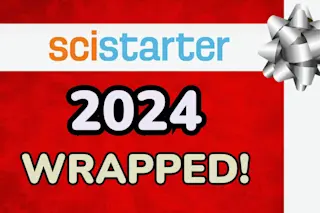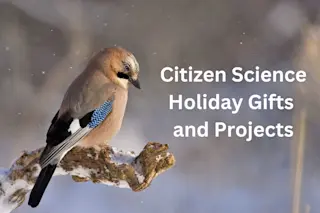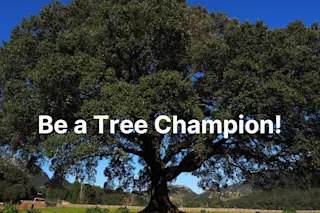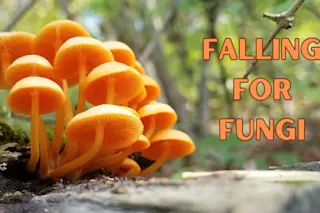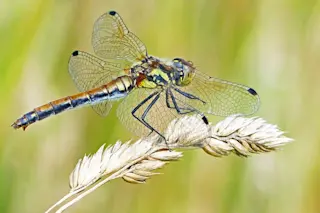2018 was a great year for Citizen Science! More than 3,000 projects and events are now registered on SciStarter. There’s something for everyone, everywhere.In this edition of the newsletter, we are honoring the Top 18 Projects of 2018: projects that our collective community shared, participated in, and loved. Cheers! -The SciStarter Team.
Look up and make cloud observations. Satellites can only see clouds from above, so your ground-truthed observations will be compared to satellite images to get a view from both above and below. Help NASA scientists predict droughts and floods in the process. Get Started! Location: Global
Help scientists learn about the diet preferences of ants around the world; their choices will inform scientists on what food resources are available to ants throughout the year. Get Started! Location: Global
What better way to enjoy nature, observe streams in your town, and snap a selfie for science? Stream Selfie helps ...



